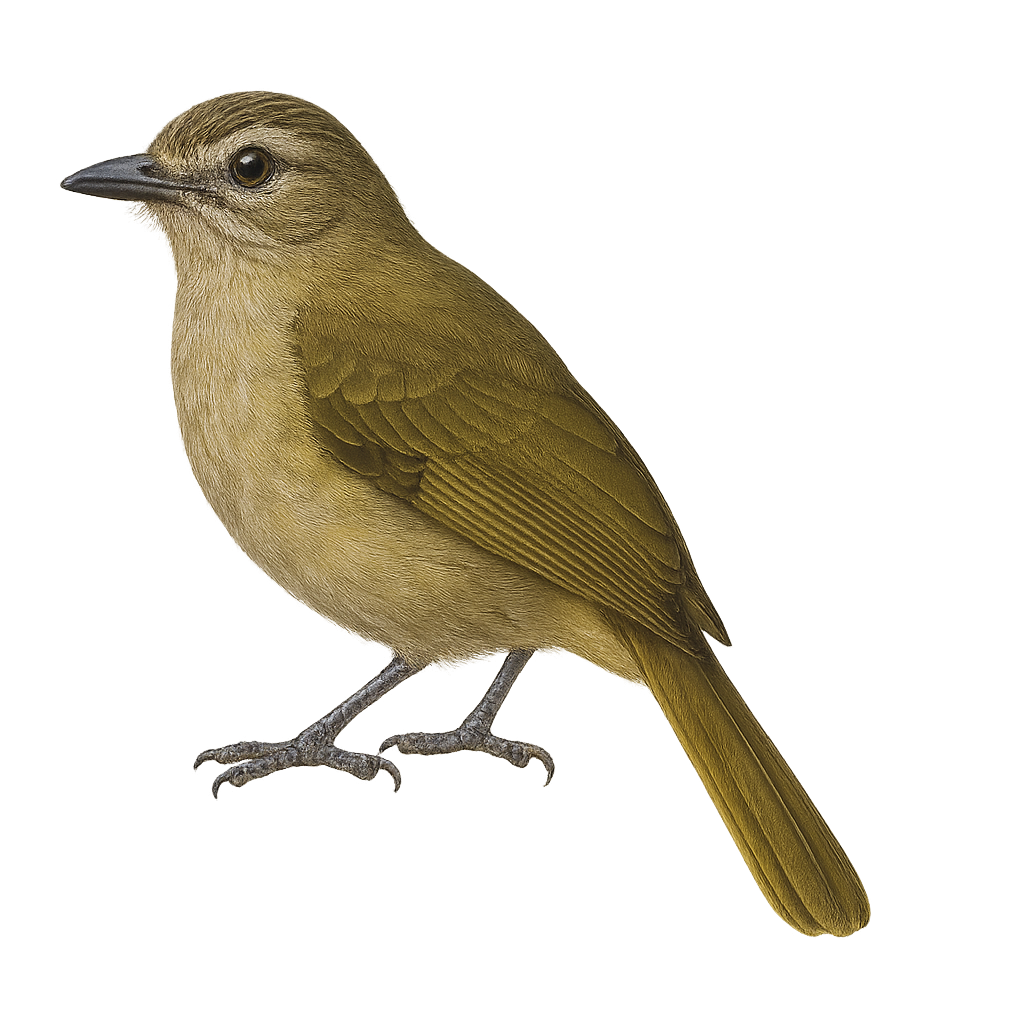Your wildlife photography guide.
Explore the white-browed bulbul in detail, study its behavior, prepare your shots.
Where to observe and photograph the white-browed bulbul in the wild
Learn where and when to spot the white-browed bulbul in the wild, how to identify the species based on distinctive features, and what natural environments it inhabits. The WildlifePhotographer app offers tailored photography tips that reflect the white-browed bulbul’s behavior, helping you capture better wildlife images. Explore the full species profile for key information including description, habitat, active periods, and approach techniques.
White-browed Bulbul
Scientific name: Pycnonotus luteolus

IUCN Status: Least Concern
Family: PYCNONOTIDAE
Group: Birds
Sensitivity to human approach: Suspicious
Minimum approach distance: 5 m
Courtship display: March to April
Incubation: 12-14 jours
Hatchings: March to April
Habitat:
Open forests, urban gardens, semi-arid regions
Activity period :
Primarily active during the day, with peak activity in the morning and late afternoon.
Identification and description:
The White-browed Bulbul, or Pycnonotus luteolus, is a medium-sized bird known for its bright yellow head and distinctive white eyebrows. It primarily inhabits the dry and semi-arid regions of India and Sri Lanka. Its plumage is mainly olive-brown, allowing it to blend into its natural surroundings. This bird is often seen in small groups, feeding on fruits, insects, and nectar. It is known for its melodious and varied song, often heard at dawn. The White-browed Bulbul is a resilient bird, capable of adapting to various habitats, including urban gardens and sparse forests.
Recommended lens:
400mm – adjust based on distance, desired framing (portrait or habitat), and approach conditions.
Photography tips:
To photograph the White-browed Bulbul, choose early morning hours when the light is soft and the bird is most active. Use a 400mm or longer telephoto lens to capture details without disturbing the bird. Look for areas where bulbuls feed, such as fruit trees or flowering bushes. Be patient and discreet to capture natural shots.
The WildlifePhotographer App is coming soon!
Be the first to explore the best nature spots, track rutting seasons, log your observations, and observe more wildlife.
Already 1 432 wildlife lovers subscribed worldwide

